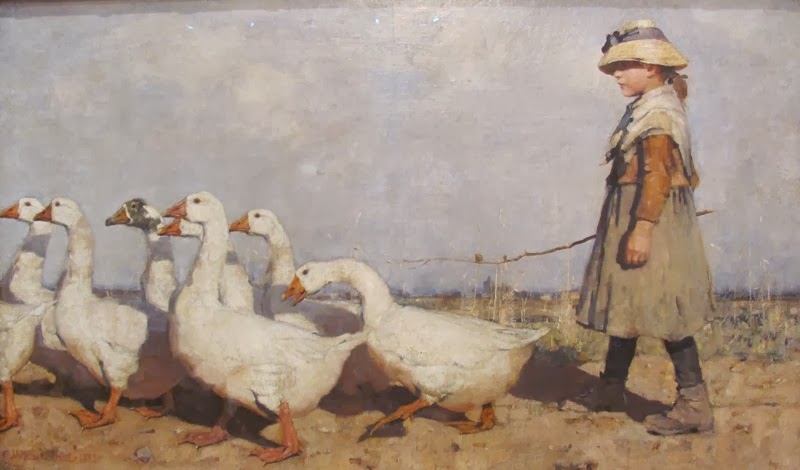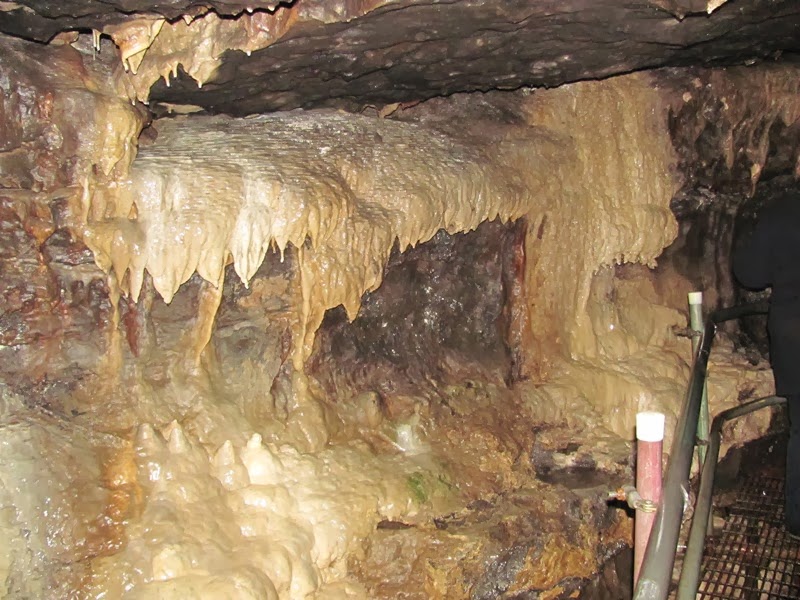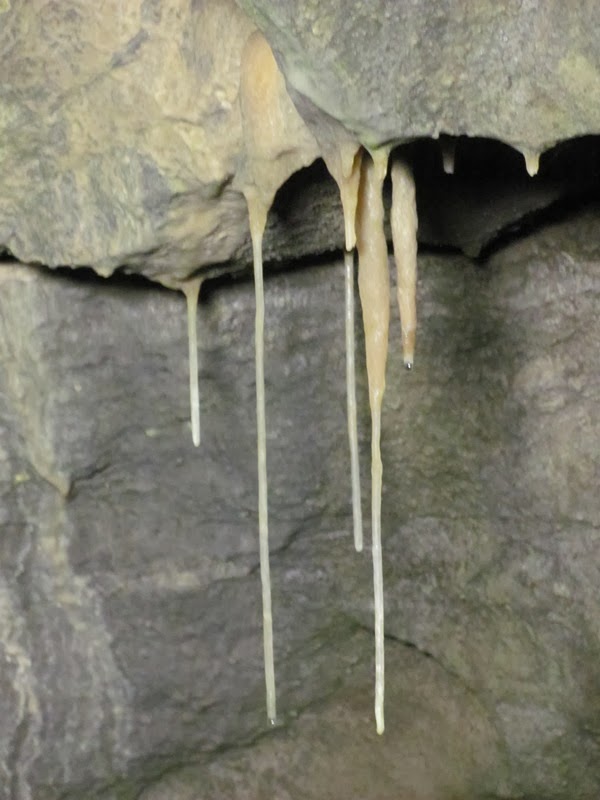Aberdeen Art Gallery have gone down the same route as the Edinburgh galleries and are now allowing photographs. So I dashed in to try and get a few of my favourite pieces before they changed their minds.
This is Family Group No 3 (Angle) by Henry Moore. It is one of the smalled Moore sculptures I've seen and also one of the nicest. If I ever have a mantelpiece, I should like this sat upon it (I should stop here or I will be putting myself top of the suspect list if it ever disappears)
Another of the Aberdeen pieces I would like, though perhaps too big to slide under a jacket or balance on a mantlepiece. It is The Thank Offering made in 1939 by Benno Shotz.
Apparently the University of Glasgow have a bronze version of this (I can't find it online) but I think the grain of the sandstone seems to emphasis the curves of the sculpture.
L.S. Lowry usually makes us think of his stick people and factory scenes - this painting (1941) has both but they are not so noticeable in comparison to the Derelict Building. It's got quite a different feel to what we come to expect from him. He also did a lot of great and very simple sea scenes. You'll have to excuse the reflections in the glass in this one - most of the pictures in the gallery are glazed but here I feel it's worth putting up with them to see the picture.
No glass on The Model and the Drifter (1995) by Jack Vettriano. The man seems to get a bit of stick from the art establishment from time to time - I expect the great success he's had has encouraged much of this criticism.
Wood on the Downs (1930) by Paul Nash .
I believe every gallery in the world has a Degas Bronze. Doesn't make them any less lovely. This one is Position de Quatrieme Devant sur la Jambe Gauche (1882-95)
This is the first painting I saw of Bessie MacNicol. I thought it had some characteristic similarities to EA Hornel, which is hardly surprising as she visited Kirkcudbright and was influenced by his style. When I visited Hornel's house last year, I saw a portrait Miss MacNicol had done of the great man - it makes an appearance in this blog.
The picture here is Autumn from 1898, perhaps the nicest of the paintings of hers I have seen.
To Pastures New (1883) by James Guthrie also has an EA Hornel connection. For a while a stuffed goose was exhibited in Mr Hornel's house and it was claimed that Guthrie used it as the model for one (perhaps more) of the geese in this painting.
Herakles the Archer (1908-09) by Emile-Antoine Bourdelle
The next three paintings somewhat defeated my camera. This is a slightly blurry picture of The Reaper (1863) by Thomas Faed from Gatehouse of Fleet near here. There are two pictures by him in the gallery - the second one came out even worse in my photos.
This painting is Una Maja Bonita (1856) by John Phillip . He was born in Aberdeen and not surprisingly features strongly in the gallery. He painted a range of subjects but is best know for his Spanish paintings.
They used to have two paintings by Waterhouse on display but just now only Penelope and her Suitors (1912). It's wonderful but the glazing completely defeated my camera. I did manage this detail. You can see the whole thing here.
Undine (1875-99) by Albert Ernest Carrier-Belleuse, There is no explanation on the label to say why the date of the sculpture goes to 1899 and the sculptor died in 1887 - perhaps the studio continued to run copies off the mould.
There are a few excellent Scottish portraits in the gallery including many by Raeburn, though I didn't manage to photograph any of those well enough to post. Surely second only to Raeburn, if not equal, is Allan Ramsay in the world of Scottish Portraits. This is Miss Janet Shairp in 1750.
Scottish Fishermen (1959), a stained glass pane by William Wilson
Ian Hamilton Finlay's La Femme de la Revolution (2003). The table features elegant place settings for several prominent women of the French Revolution - I'm sure the dinner wouldn't have been as polite as the setting suggest as these ladies came from both sides.
Riviere (2000) by Alison Watt. I've always felt that I could just fall into this huge painting. I've seen many paintings by her on my travels and can't recommend too highly popping into Old St Paul's church in Edinburgh to see her spectacular Still.
And finally a small word about the gallery itself. Aberdeen is famous for granite and the pillars in the main court of the gallery are made from various granites from near and far.
Each pillar has a little brass plaque on it to say where it comes from. Peterhead is about 30 miles from Aberdeen.
This one is a little more exotic, it's Emerald Pearl granite from Norway.





















































